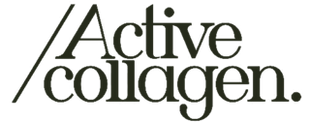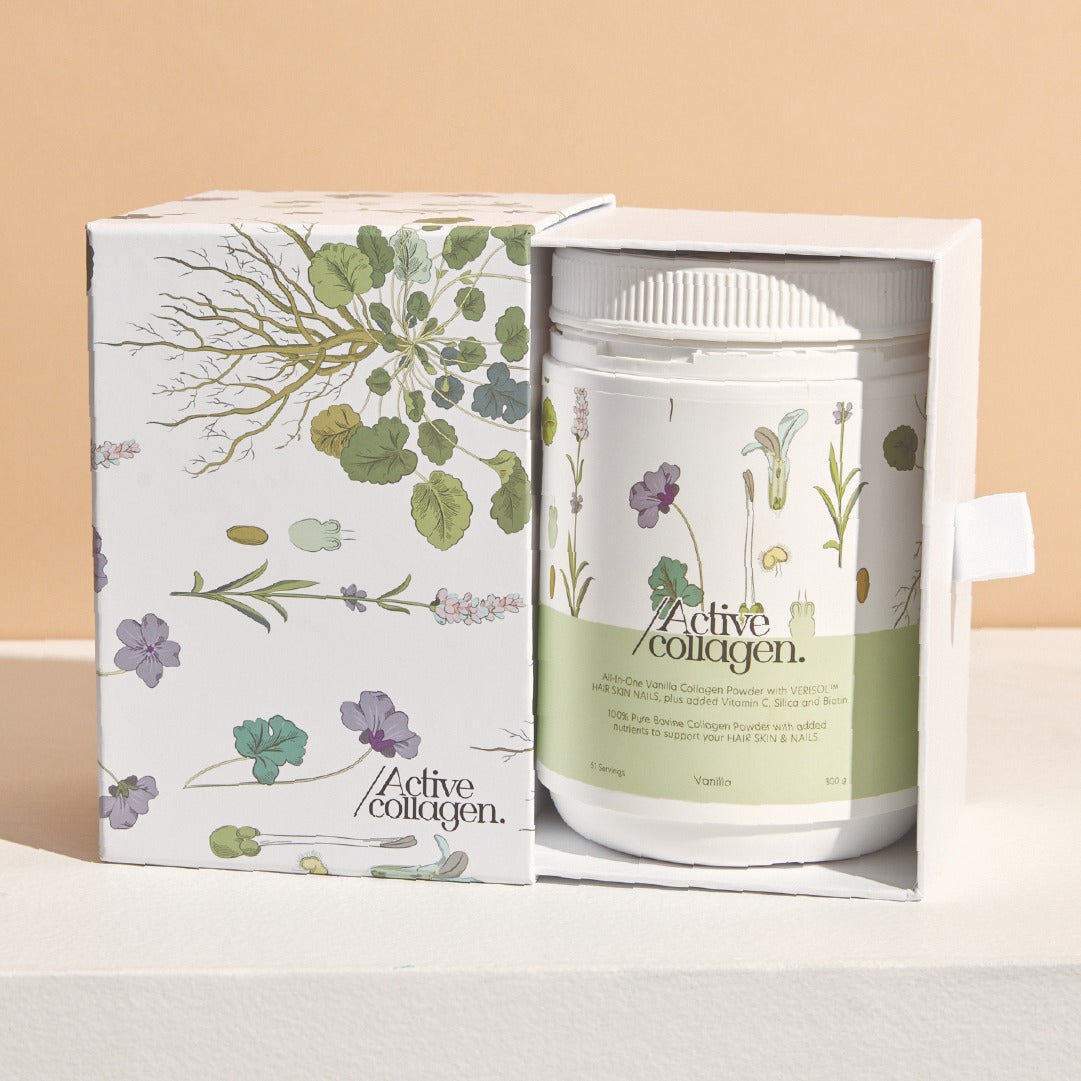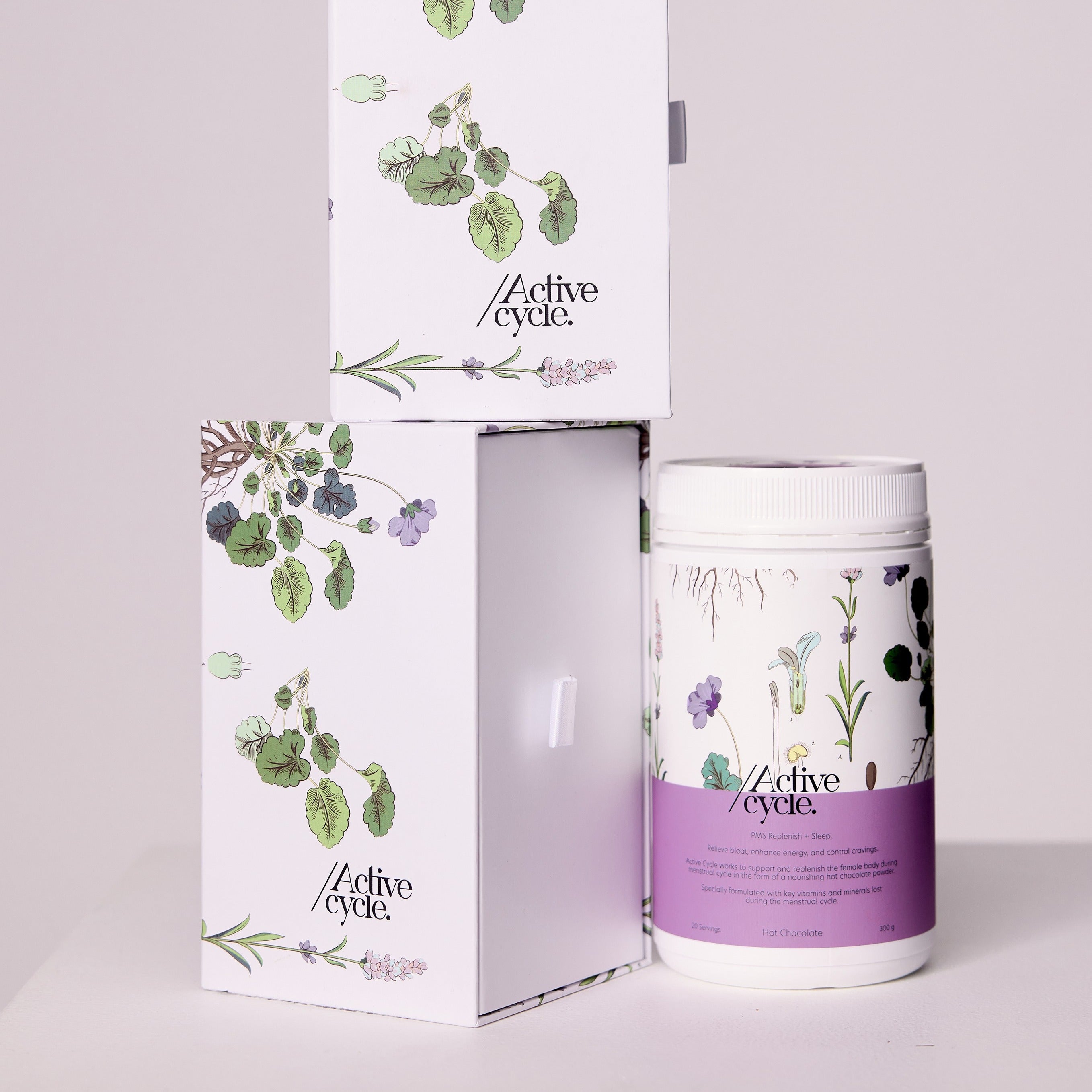Hair loss or balding doesn’t only occur in men, it is a physiological issue that causes unbridled psychological impacts in women. And more specifically women of menopausal and postmenopausal age.
Perimenopause, the period leading up to menopause, and menopause usually begin around 45-55 years of age. It is a time of great change within a woman’s body where the profound effects of reduced female sex hormones – oestrogen the most impacted – are experienced. Unlike other symptoms that occur in menopause such as hot flashes, sleep disturbance, weight gain and irregular periods, hair loss or thinning is one that isn’t highlighted often. But one in which is emotionally bothersome for women due to hair having a significant aesthetic impact on our appearance.
Oestrogen is the female equivalent to what testosterone is for men, essentially it gives women their get-up-&-go or feel-good effect. And in terms of hair health, it certainly has profound impacts during menopause. But what is happening and how can we support our hair before, during and after menopause through nutrition?
The Hormonal Transition to Menopause
The result of menopause is a permanent stop to menstruation due to the absence of ovarian follicle action. A sign that you may be transitioning into this period of life, perimenopause, is the occurrence of irregular cycles – periods commonly becoming less frequent and longer in length.
Throughout a woman’s life fewer follicles will remain within the ovary after each menstrual cycle, as there are only so many follicles allocated to a female at birth – around 1-2 million potential eggs. During perimenopause some cycles become anovulatory, meaning a potential egg hasn’t been released from the ovary, reducing the regularity of a woman’s cycle. This occurs due to the follicles that remain becoming more resistant to luteinising and follicle-stimulating hormones which govern follicle maturation and ovulation. And because of reduced follicle numbers and reduced maturation/ovulation, female sex hormones decline as these actions promote both oestrogen and progesterone secretion.
Reduced Hormones and Hair loss
Female pattern hair loss (FPHL) presents as thinning of the hair over the scalp where the front hairline usually remains in place. It has been shown that female sex hormones play a direct role in the hair growth cycle.
Progesterone: prevents the conversion of testosterone to dihydrotestosterone which would usually inhibit the growth of hair on the scalp promoting hair loss – the telogen phase.
Oestrogen: acts on receptors in the hair follicles to prolong the growth phase of hair – the anagen phase.
Effects that these hormones have on hair growth are most notable in stages of life such as pregnancy where an increase in hair growth is seen alongside higher levels of hormones. Followed by hair loss in postpartum when hormone levels begin to decline again.
Nutrients in Menopausal Hair Health
Many women choose to support themselves through menopause by using hormone replacement therapy (HRT), which involves the administration of oestrogen and progesterone to relieve menopausal symptoms like hair loss and increase bone density due to the negative effects low oestrogen has on bone health. Although, HRT can increase the risk of vascular complications and breast cancer in women.
But there are various ways that you can support your hormone and hair health nutritionally pre, during and post menopause.
Phytoestrogens: compounds within foods that act in similar ways that oestrogens do – they can mimic oestrogen. In menopause, phytoestrogens help to boost oestrogen levels via binding to oestrogen receptors. And higher oestrogen = less hair loss. Foods rich in phytoestrogens include flaxseeds, soy products like tofu and edamame beans, and chickpeas. Although, phytoestrogens should be avoided in those women with a history of oestrogen driven cancers such as breast cancer.
Collagen: levels of collagen within the body decline with age, and unfortunately this is accelerated during menopause. A gradual decrease of 1% in collagen is lost per year up until menopause where losses then begin to double each year. What impact does this have on hair though? The hair is almost 100% made up of proteins or amino acids, of which collagen provides in abundant amounts including lysine and methionine. These two amino acids are particularly important as they support keratin production and hair root strength.
Active Collagen All-In-One Hair, Skin & Nails has been scientifically formulated to support the health of your hair. Apart from containing abundant amounts of hair loving amino acids it also contains vitamin C, biotin, and silica, which all impact hair in different ways. Vitamin C supports collagen utilisation within the body, biotin aids keratin production, and silica is associated with decreased hair loss. So, if you’re looking for a collagen supplement that can do it all Active Collagen is your best friend.
Magnesium: An additional symptom of menopause is impaired gut motility due to the decreased levels of oestrogen and progesterone, which impairs absorption of magnesium. Another symptom is heightened stress and cortisol levels during menopause, which is associated with lowered progesterone levels as progesterone is the precursor to cortisol. How are these two linked? As magnesium is a natural relaxant that aids in the production of our hormone GABA – a neurotransmitter that naturally reduces stress states – this can reduce cortisol levels, which in turn helps regulate progesterone levels. It’s a cycle!
To aid progesterone levels for inhibiting the negative effects of testosterone on hair growth, include magnesium rich foods such as cacao, leafy greens, nuts, seeds, legumes, and wholegrains. However, you can also find a heap of magnesium within our newest member Active Cycle – a cycle supporting hot chocolate. With the benefits of Peruvian cacao and magnesium amino acid chelate you know you’ll be supporting your progesterone.
The Calgary Guide to Understanding Disease. (2023). Menopause. Gynecology – menopause: Pathogenesis and Clinical Findings. https://calgaryguide.ucalgary.ca/menopause/menopause/
Kamp, E., Ashraf, M., Musbahi, E., & DeGiovanni, C. (2022). Menopause, skin and common dermatoses. Part 1: hair disorders. Clinical and experimental dermatology, 47(12), 2110–2116. https://doi.org/10.1111/ced.15327
Chen, M. N., Lin, C. C., & Liu, C. F. (2015). Efficacy of phytoestrogens for menopausal symptoms: a meta-analysis and systematic review. Climacteric : the journal of the International Menopause Society, 18(2), 260–269. https://doi.org/10.3109/13697137.2014.966241
Araújo, L. A., Addor, F., & Campos, P. M. (2016). Use of silicon for skin and hair care: an approach of chemical forms available and efficacy. Anais brasileiros de dermatologia, 91(3), 331–335. https://doi.org/10.1590/abd1806-4841.20163986
Patel, D. P., Swink, S. M., & Castelo-Soccio, L. (2017). A Review of the Use of Biotin for Hair Loss. Skin appendage disorders, 3(3), 166–169. https://doi.org/10.1159/000462981
Guo, E. L., & Katta, R. (2017). Diet and hair loss: effects of nutrient deficiency and supplement use. Dermatology practical & conceptual, 7(1), 1–10. https://doi.org/10.5826/dpc.0701a01
Kolanu, B. R., Vadakedath, S., Boddula, V., & Kandi, V. (2020). Activities of Serum Magnesium and Thyroid Hormones in Pre-, Peri-, and Post-menopausal Women. Cureus, 12(1), e6554. https://doi.org/10.7759/cureus.6554




